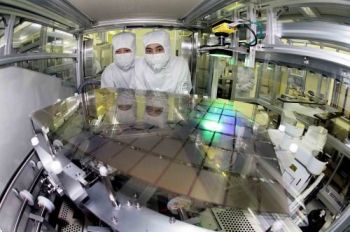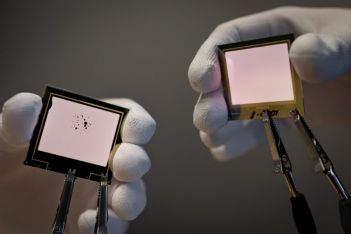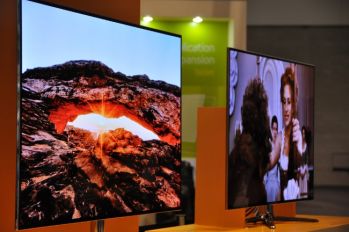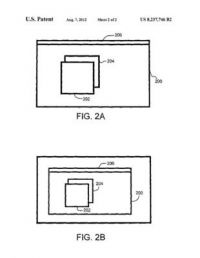AUO reached 50% yield in AMOLED fab, ready to start mass production
 According to Digitimes, AUO managed to achieve 50% yield in its AMOLED fab, and is set to start mass production - on track with AUO's plans to start AMOLED mass production in Q3 2012 (but a delay from the original plan). AUO will make 4.3" qHD panels (257 ppi). AUO is co-developing in-cell touch AMOLED panels together with some handset makers (some suggest the main customer for AUO's OLEDs is HTC).
According to Digitimes, AUO managed to achieve 50% yield in its AMOLED fab, and is set to start mass production - on track with AUO's plans to start AMOLED mass production in Q3 2012 (but a delay from the original plan). AUO will make 4.3" qHD panels (257 ppi). AUO is co-developing in-cell touch AMOLED panels together with some handset makers (some suggest the main customer for AUO's OLEDs is HTC).
AUO's current capacity is about 7,000 monthly substrates in their Gen-3.5 fab. Later on the company plans to bring their Gen-4.5 fab in Singapore (at AFPD) online with a monthly capacity of 15,000 substrates.









